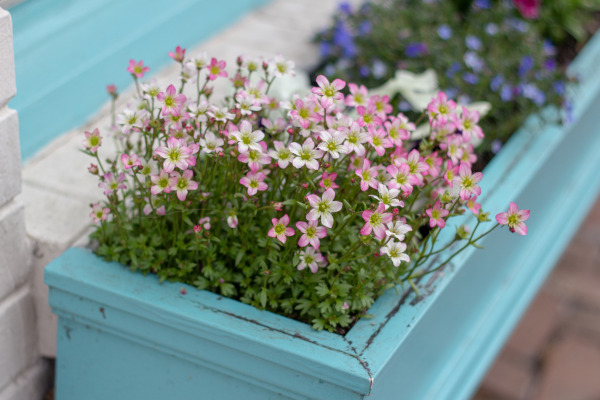How to grow Saxifraga
Saxifraga is the name given to a section of mat-forming, evergreen and herbaceous perennials which are native to the Northern hemisphere and have flowers with 5 petals borne in shades of white, pink, red or yellow from late summer to autumn. They are a part of the larger genus Saxifragaceae which contains around 475 accepted species according to Kew Royal Botanic Gardens. Plants are commonly names either Saxifrage or Rockfoil and predominantly inhabit Arctic and alpine environments. They are only rarely found outside the temperate regions of the Northern hemisphere. Here they can be found at high elevations, in glacial habitats and lower slopes or, nowadays, in domestic gardens as hybrids and cultivars developed into ornamental groundcover for rock or alpine planting schemes.
Most are hardy and happy outside all year round, although do pay attention to winter wet which can impact upon the longevity of these plants.
There are too many species of Saxifraga which you may grow to mention here – we supply ‘cortusfolia’ and ‘fortunei’ varieties to which these notes refer. The most important thing to consider when growing these plants is providing the right growing conditions. Most will do best in sun or light shade but do bear in mind different groups may well require different conditions, so it is best to check this prior to planting.
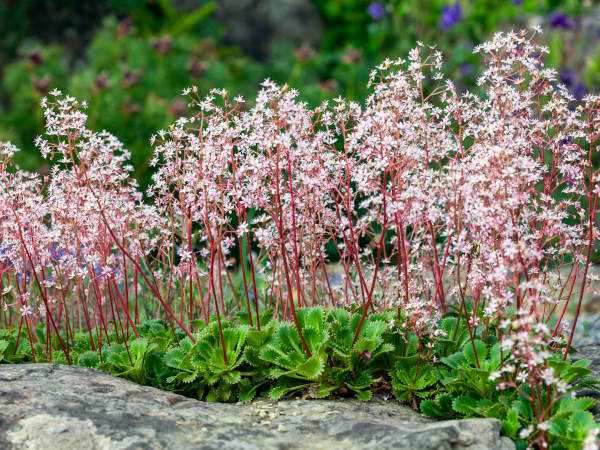
Zantedeschia is a genus of flowering plants from the family Araceae and is native to southern Africa. With a rich history dating back to the Ancient Romans, these deciduous or semi-evergreen perennials have been used as a symbol of celebration. Zantedeschia was Named after Professor Giovanni Zantedeschia, an Italian botanist.
There are two main forms of Zantedeschia: hardy and tender. Hardy forms of the plant can be grown outdoors, enjoy moist soil and full sun or partially shaded conditions - these are known as Arum lilies. Tender forms of Zantedeschia prefer being grown in containers or pots and should be brought inside over the winter - these are known as Calla lilies.
With tuberous flora in all colours from whites, yellows and oranges to deep reds and purples, Zantedeschias are not to be overlooked in any garden, as long as they have sufficient sunlight to grow in.
Ready to learn more about growing Zantedeschia? Read on for all there is to know...

Key Information
Soil pH
Position
Hardiness

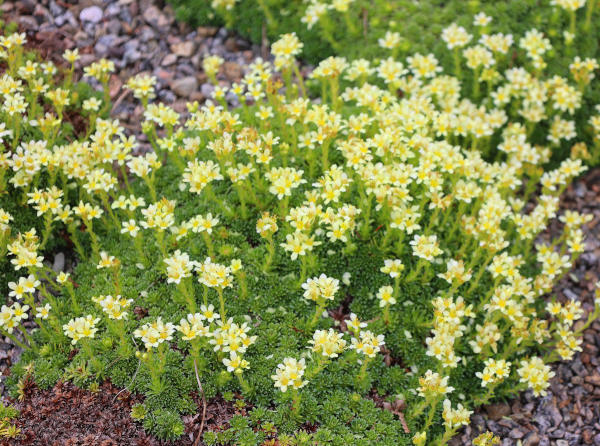
Where & when to plant Saxifraga
For best results, plant in autumn when they will be in a vigorous growth stage and looking their best- either in bloom or about to burst into bloom. The soil is still warm enough at this time of year to encourage the development of strong roots before growth slows down over winter. The hardiness of Saxifraga means it can be planted at any time of year, although particular attention will need to be given over spring and summer to ensure plants do not dry out completely.
Plants are well suited to rockery or gravel gardens and make excellent groundcover too. Plant at the edge of a path for a welcoming impact or in strategically placed pots to give a pretty, yet robust, splash of colour as winter draws close. Foliage is retained all year on the ‘cortusifolia’ varieties whilst ‘fortunei’ leaves will become dormant over winter, returning again the following spring.
How to plant Saxifraga
In the ground
- Clear the chosen area of weeds.
- Dig a planting hole twice as large as the root ball so that roots are able to spread easily. If your soil is exceptionally moist, add plenty of horticultural grit to the planting hole and mix thoroughly so that plants do not sit in wet over winter.
- Place the plant in the hole, ensuring the top of the root ball sits level with the surface of the soil. Too low and the plant may rot, too high and the roots can dry out.
- Backfill with soil and firm in gently.
- Soak well with water.
In a container
- Choose an appropriate container. Ensure there are plenty of drainage holes in the bottom.
- Use a good quality potting compost with some horticultural grit mixed in (aiming for at least 20% grit), and, if not already present in the compost (check the description on the bag) some slow-release fertiliser granules.
- Start by partially filling the pot with compost; enough so that when placed on it the upper surface of the root ball is about 3cm lower than the top of the pot.
- Infill all the space surrounding the root ball with compost, firming down with your fingers then adding a little more so the plant is held tight.
- Pick up the pot (if you can!) and lightly tap on the potting bench or ground a few times to help further settle the compost around the plant.
- Soak well with water.
- A mulch with horticultural grit will look attractive and help to prevent a ‘cap’ or crust forming on the top of the compost (something container plants can suffer due to the artificial nature of their watering).
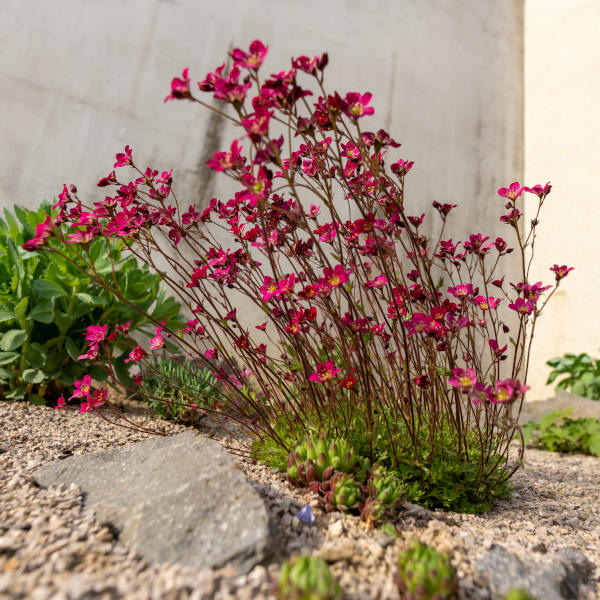
What to plant with Saxifraga
As lovers of dappled to full shade these herbaceous woodlanders like to nestle in alongside hosta, ferns and meconopsis to name but a few. Their bright and attractive flowers will shine out from under shrubs alongside cyclamen and earlier snowdrops or primroses too.

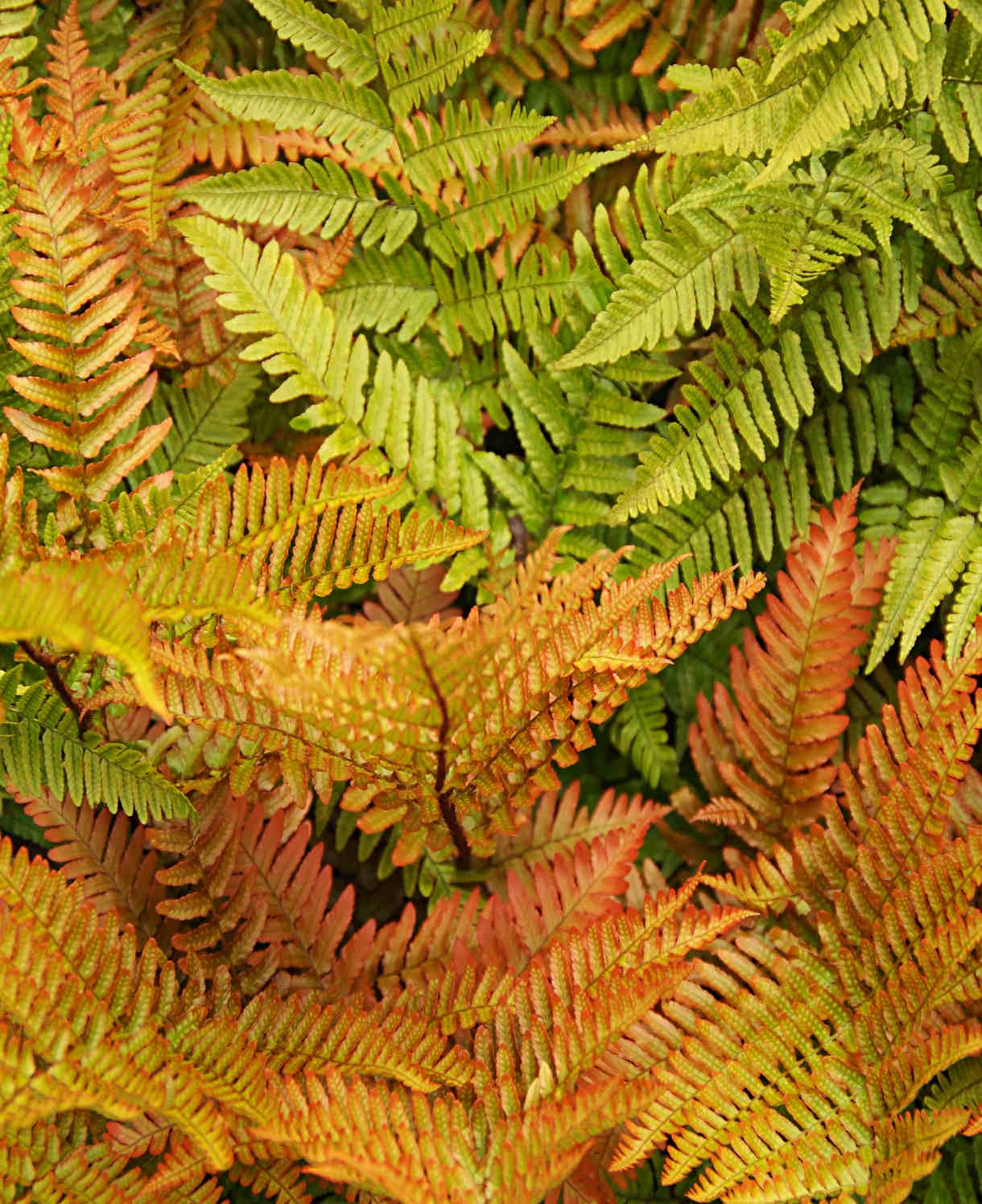
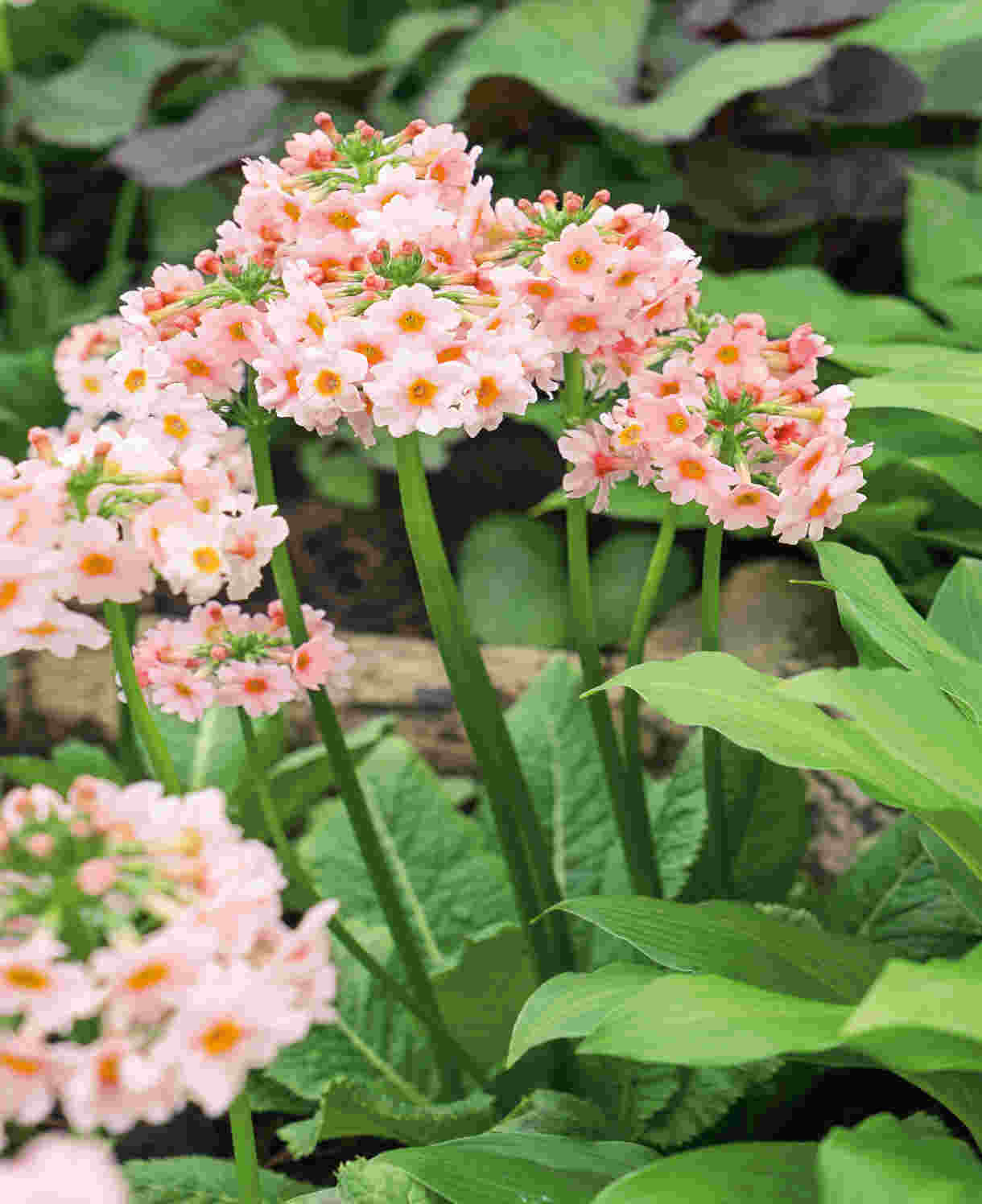
How to care for Saxifraga
How to care for Saxifraga
Pruning and Deadheading
No pruning needed. Simply trim off spent flowerheads to keep mounds looking neat and lush.
Watering & Feeding
Water until established, and ensure you plant your saxifrage in a moist, well-drained soil. Monitor container planted varieties and water as required, along with an annual, general purpose feed. Water all in times of drought as appropriate.
Cold Protection
Dependent on variety the plants we supply are hardy to between -10 and -15°C (H5) so they should not need protection throughout most of the UK. Pot grown plants may need a little extra attention as they are more susceptible to heavy frosts than those planted in the ground.
Pests and Diseases
Saxifraga is relatively pest and disease free providing plants remain healthy. They can occasionally be affected by aphids, slugs and snails so monitor carefully and treat any infestations promptly.
How to propagate Saxifraga
Saxifraga will naturally produce offsets as it matures and develops. These can be potted up in wintertime if wanted (to share or plant elsewhere in the garden).
Another option for Saxifraga is to lift and divide in spring. As well as providing new plants, this also maintains the health and vigour of existing specimens.
- Choose a day when the soil is not frozen or waterlogged.
- Dig the plant out of the ground.
- Shake off any excess soil.
- Separate the plant into sections using either swift, cutting blows with a sharp spade, or two forks inserted back-to-back with tines touching, handles then pushed together to prise the plant apart.
- Discard old, damaged, or surplus pieces, keeping healthy, vigorous material.
- Replant selected pieces where desired.
- Water well until fully established.
Common Saxifraga Questions
Will Saxifraga grow in shade?
In short, yes. However, different varieties of saxifrage like different amounts of sun or shade. Those we well are happy in both, with ‘fortunei’ able to cope with more shade than the others.
Is Saxifrage a perennial?
Yes, we supply both evergreen and herbaceous perennials which are all frost hardy.
Should I deadhead Saxifraga?
We recommend that you remove spent flower stems to keep your plants looking their best.
Do Saxifraga come back every year?
Yes, the varieties we sell either retain their foliage through winter or die back below ground in late autumn and return again the following spring. Check individual varieties for further information.
